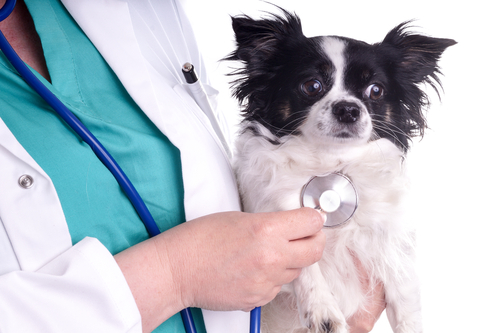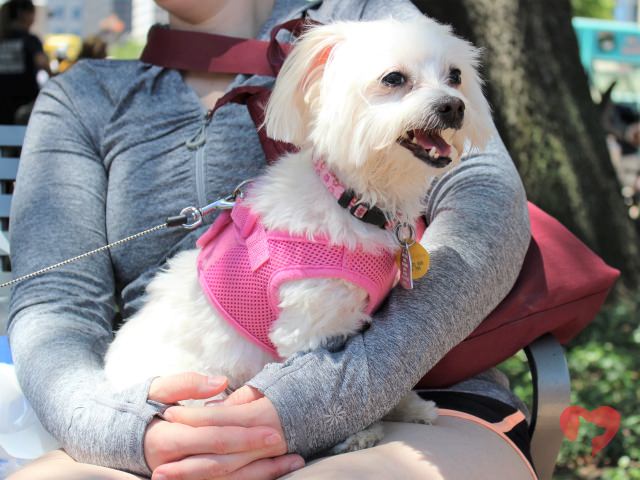Dogs can get a lot of types of cancer, but we typically think of breast cancer as only for female humans. There are breast cancers for dogs too and we do have effective methods to diagnose and treat them. There are even ways to reduce your dog’s risk for breast cancer.
Canines and other litter bearing mothers have multiple nipples (or teats) with which to nourish groups of offspring, so when you examine your dog for the possibility of breast cancer, it is important that you feel all the way down her underside from up near her front legs back almost to her vulva where you see her urine exit. A typical female dog will have 8-12 nipples, each one on a mammary gland. The glands run in chains along the left and ride side of her ventral surface (underside).

Normal mammary glands in a non-pregnant or lactating dog are small, soft and symmetrical. If you notice a hard swelling inside one of the glands, it is better to be safe than sorry. People say that mammary tumors feel like a pellet under the skin, but I have felt different types. If you notice something that feels different from the tissue around it, you need to ask your vet.
Breast cancer is most common in intact (not spayed) female dogs. It is important to know whether or not a mass is deemed malignant or benign. Malignant masses are the ones that seed other organs and spread to distant body parts. They are more apt to have a poorer long term prognosis. Benign masses can often be cured by surgical removal and are less likely to spread and impact survival.
Certainly not all mammary masses are malignant, but only a vet can know for sure. He/she will need to perform some diagnostics, probably including a surgical biopsy. But don’t be terrified. Some mammary masses will prove to be benign. In these cases, surgical removal of all masses and spaying your dog can be curative.

If you want to reduce your dog’s risk of breast cancer, she should be spayed prior to her first heat cycle. Although when to spay a dog is a somewhat controversial issue, we do know that each estrus (heat cycle) that a female dog undergoes increases her breast cancer risk, so it is important to ask your own vet what their protocol is for when to spay and follow their advice.
Most importantly, never be afraid to seek help about a mass that you find. It is far better to ask and be found needlessly concerned than to procrastinate until a point of no return.
